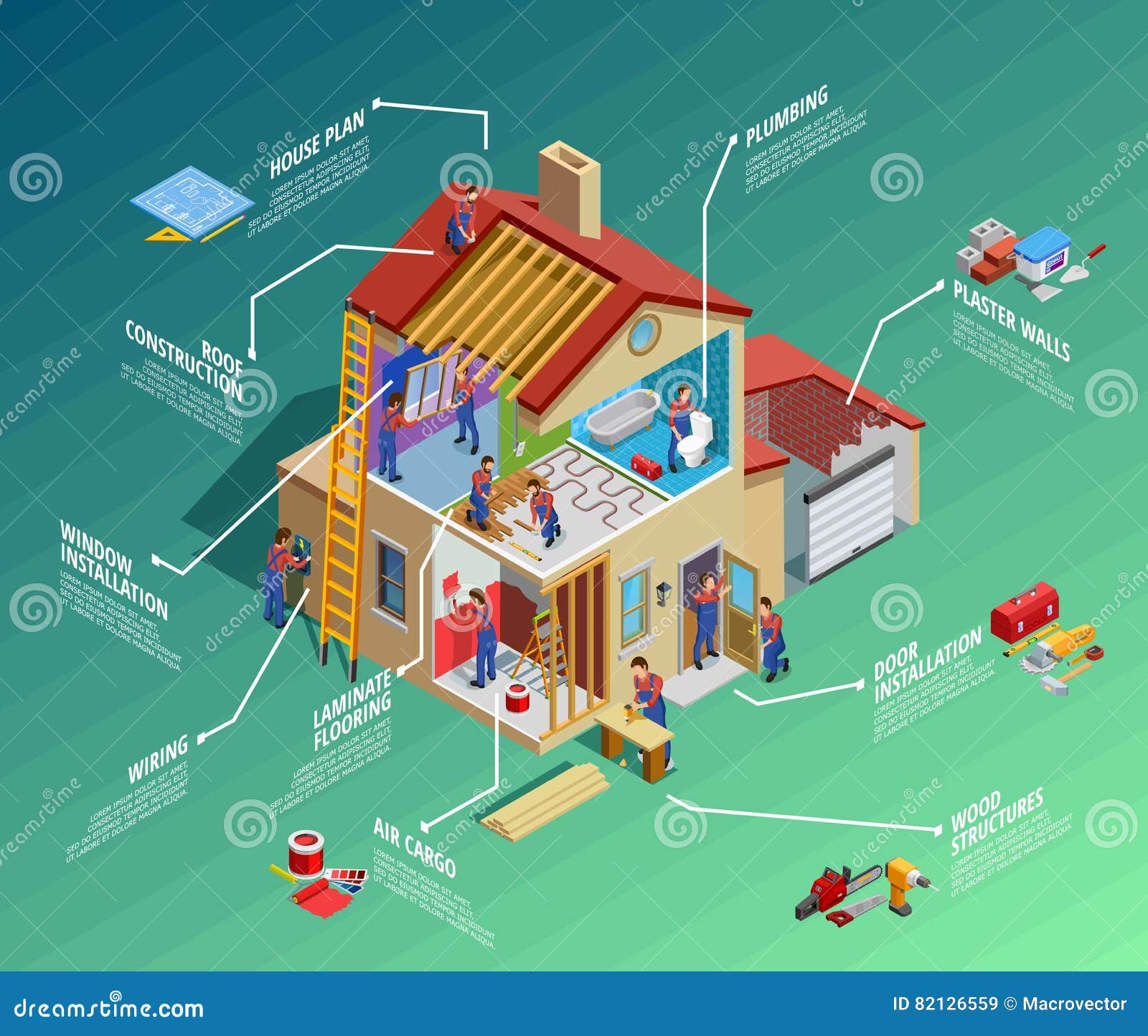Typical Errors In Roofing Installation And Approaches To Prevent Them
Typical Errors In Roofing Installation And Approaches To Prevent Them
Blog Article
Staff Author-Allen Randrup
When you're planning a roof covering installment, it's easy to overlook critical information that can lead to substantial problems down the line. You might be tempted to cut edges on material selection or avoid proper blinking setup, however these typical errors can lead to costly repair services later. Understanding the significance of air flow and sticking to neighborhood building ordinance is essential for an effective project. So, what are the crucial steps you should require to guarantee your roof stands the test of time? Let's explore some reliable approaches to avoid these mistakes.
Poor Product Choice
When it concerns roof setup, selecting the incorrect materials can bring about expensive issues down the line. You might think that any kind of roofing product will certainly do, but that's a typical mistaken belief. It's vital to choose materials that fit your neighborhood environment and the specific requirements of your home.
As an example, if you live in an area with hefty rainfall or snow, selecting asphalt shingles might not be the very best choice. Rather, consider even read the full info here like steel or slate.
Furthermore, pay attention to the quality of the products you're taking into consideration. Affordable materials may conserve you money upfront, however they often lack durability and can lead to frequent repairs or replacements.
You need to also consider the design of your home and make sure the products you pick will certainly preserve its visual appeal.
Finally, Click In this article to talk to specialists. They can give useful understandings and suggest materials that abide by regional building codes.
Investing time in correct product selection currently can aid you stay clear of frustrations and expenditures in the future, making your roof task a success.
Inadequate Flashing Installation
Choosing the right materials isn't the only variable that can cause roofing problems; insufficient flashing installation can also produce considerable issues. Flashing is crucial for directing water away from prone locations, such as chimneys, skylights, and roof covering valleys. If it's not mounted appropriately, you risk water breach, which can bring about mold and mildew development and structural damage.
When you mount flashing, ensure it's the ideal type for your roof covering's layout and the regional environment. For instance, metal blinking is frequently extra resilient than plastic in locations with hefty rain or snow. Make sure the blinking overlaps properly and is safeguarded securely to stop voids where water can leak through.
You need to additionally take notice of the setup angle. Blinking must be positioned to guide water away from your house, not toward it.
If you're not sure about the installation process or the materials required, seek advice from an expert. They can help recognize the most effective blinking choices and guarantee whatever is mounted appropriately, safeguarding your home from potential water damages.
Taking these steps can save you time, cash, and headaches later on.
Neglecting Air Flow Requirements
While lots of homeowners concentrate on the aesthetic and architectural facets of roofing installation, neglecting ventilation needs can result in severe long-lasting consequences. Appropriate ventilation is necessary for regulating temperature level and wetness levels in your attic room, preventing problems like mold growth, timber rot, and ice dams. If you do not mount appropriate ventilation, you're setting your roof up for failing.
To avoid this error, first, examine your home's certain air flow demands. A balanced system normally consists of both consumption and exhaust vents to promote air flow. Ensure you've installed soffit vents along the eaves and ridge vents at the height of your roof. This mix permits hot air to escape while cooler air gets in, keeping your attic room comfy.
Also, take into consideration the kind of roof product you have actually selected. Some products might require added ventilation strategies. Confirm your regional building regulations for air flow standards, as they can vary substantially.
Lastly, don't fail to remember to inspect your air flow system regularly. Blockages from particles or insulation can restrain air movement, so keep those vents clear.
Verdict
In conclusion, preventing typical roofing installation errors is crucial to ensuring your roofing system's durability and efficiency. By picking the best products for your climate, setting up flashing correctly, and addressing ventilation requirements, you can protect against costly issues in the future. Do not fail to remember to acquaint on your own with local building ordinance and routine regular examinations. With these steps, you'll appreciate a safe, sturdy roofing system that safeguards your home for years ahead. Happy roof!
